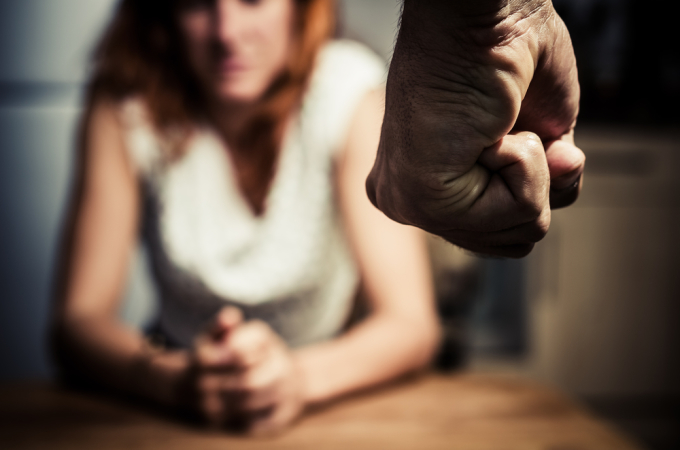
Yes, We’re Still Going to Talk About A Fair Fight: Why Rice is Relevant to the Grand Scheme of Domestic Abuse
Part I
Lavish hotels. Bugatties. Elevators. Over the years, domestic violence towards women has become an increasing topic of discussion in the media. Charlie Sheen, Chris Brown, Chad Ochocinco, and most recently Ray Rice are just a handful of men in the spotlight that have become blacklisted in the eyes of the public for their involvement in domestic scandals, occurring “behind the closed doors” of exclusive venues and private luxuries. But what do we care that a bunch of celebrities are getting themselves in trouble? It just proves they are just like everyone else.
And that’s the point. The Ray Rice and other public cases are relevant because Jaylene Rice and friends are not the only victims of domestic abuse. Remember the woman that came into work with sunglasses on before heading to the bathroom? She was putting makeup over the bruise she got before her boyfriend dropped her off. What about your new friend that flinches a little when you give her hug? She has PTSD from her father beating her as a child. And the well-dressed, high-heel-wearing lady that always gets the “good steak” in the grocery store? She knows she’d better have it ready within the next hour sharp, or it’s a backhand to the face. Forget the celebrities and the media for a minute. Domestic violence is everyone’s battle. Take a look at these numbers from the Bureau of Justice Statistics.:
Domestic Violence represents 21 percent of all violent crime in the United States.
76 percent of victims of domestic violence are women.
BUT, only 55 perfect of domestic violence cases are reported.
AND only 24 percent of the victims in domestic violence actually receive aid in getting help (therapy, protection, etc.).
Still think this is irrelevant? Not only is domestic violence towards women prevalent in ways that keep us in low self-esteem, but by doing so it is another way to make women the “other” in society. It prevents women from mobilizing and joining forces. It keeps the numbers of women in the work force low, particularly in positions of power. And it disables women from seeking ways to better themselves, because their abusers make them feel less-than. With 76% of domestic violence victims being women, that makes a huge impact on where we stand in the workforce and makes an already unfair fight even more difficult to overcome. So what do we do? How do we make the fight fair again? There are signs of an abuser before it gets physical. In Part 2 of this article “Fight Fair: The New Age of Domestic Abuse in 2014,” I take heed from domestic violence expert, and my mother, Desonuia Johnson-Wise discussing what we call the red flags of an abuser. Knowledge is power, and that is the first step in fighting fair—knowing your opponent.
Are you being abused? Tell someone. Love does NOT hurt. Contact the 24/7 National Domestic Violence Hotline or go online from a safe computer. 1- (800) -799- SAFE or visit www.thehotline.org.
By Jessica Wise
Recommended
-
The Power Of Saying “No” W...March 22nd, 2024
-
Is It Time To Change Your Rela...March 20th, 2024
-
What’s Your Legacy?December 18th, 2023
-
Be Here Now—Two Easy StepsSeptember 19th, 2023
-
16 Questions To Ask Yourself T...May 16th, 2023















